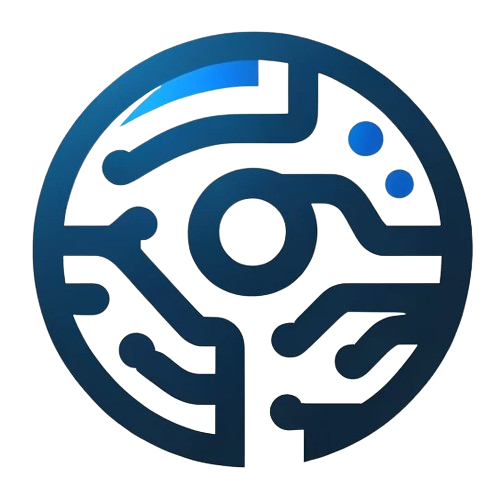Google provides a suite of free AI courses tailored to developers, data scientists, and enthusiasts, covering essential topics like generative AI, large language models, and responsible AI development. These self-paced programs offer hands-on learning, real-world examples, and are perfect for beginners and advanced learners alike. Below, we explore the key topics covered in these courses and how they help you build expertise in AI.
1. Introduction to Generative AI
This course introduces the fundamentals of generative AI models, which generate content such as text, images, and videos.
- Applications: Chatbots, virtual assistants, image generation tools.
- Key Topics: Overview of models like GANs and transformers.
- Real-World Use: How tools like DALL·E or Google Bard produce creative outputs.
🔗 Explore Generative AI Course
2. Image Generation and Processing
Learn how AI is used to generate and process images, from image recognition to synthetic art creation.
- Techniques Covered:
- Convolutional Neural Networks (CNNs)
- Generative Adversarial Networks (GANs)
- Use Case: AI-powered photo filters, face recognition, and object detection.
3. Large Language Models (LLMs)
This course explains LLMs such as BERT and GPT, highlighting how they understand and generate human-like text.
- Key Focus: Applications in chatbots, translation, and content summarization.
- Example Models: Google’s BERT for search optimization and GPT-based models for conversational AI.
4. Encoder-Decoder Architecture
A critical building block for machine translation and text summarization, this course explores encoder-decoder networks.
- Applications: Neural machine translation tools like Google Translate.
- Key Topics: Sequence-to-sequence models and their role in language processing.
🔗 Deep Dive into Encoder-Decoder
5. Transformer Models and BERT
Transformers revolutionized AI by enabling better natural language understanding. Learn the mechanics behind BERT (Bidirectional Encoder Representations from Transformers) and how it improves search engines.
- Use Cases: Sentiment analysis, question answering, and recommendation systems.
- Hands-On Learning: Implement BERT using TensorFlow.
6. Attention Mechanism in AI
This module covers the attention mechanism that powers transformer models. It explains how models focus on relevant information within data sequences, crucial for translation and summarization.
- Use Cases: Efficient language translation and contextual chatbots.
- Hands-On Practice: Implement attention in machine learning models.
7. Responsible AI and Ethical Development
Google emphasizes ethical AI development through its Responsible AI course, which addresses bias, fairness, privacy, and the safe deployment of AI.
- Topics: Building inclusive and unbiased models, privacy-preserving techniques.
- Impact: Learn how to align your projects with ethical standards and regulations like GDPR.
Conclusion: Why Take Google’s Free AI Courses?
Google’s courses cover cutting-edge AI topics relevant to both developers and businesses. They provide hands-on training using TensorFlow and other open-source tools, helping you build practical applications across domains like web development, data science, and NLP. Best of all, the courses are self-paced and free, giving everyone the opportunity to enter the AI space.
📚 Start your journey now: Google AI Education Hub.
By diving into these courses, learners can equip themselves with the skills necessary to thrive in an AI-driven world. Whether you’re a developer seeking to build smarter applications or a data scientist looking to expand your expertise, Google’s AI curriculum offers the perfect starting point.
